End of Summer Chimney Checklist
Here’s What To Do
It is challenging to discuss heating season when we are in the midst of broiling heat conditions in New England, but as you know, time flies and the weather changes happen quickly.
It is important never to use a chimney that is not in good working condition due to the safety risks involved, so as the kids get ready to go back to school, preparing your home for the change of season is a must. Here is a list of 5 things you can do to get your chimney ready for use.
Remove Last Year’s Ash
We’re all guilty of it from time to time, putting off a task when there’s no steadfast due date – procrastination at its finest. Well, you’ve walked by that fireplace full of soot enough, now’s the time. Ash is much easier to move and dispose when it’s fully cooled and dry. You can even remove the old ash and sprinkle it in your garden for soil fertility. Into arts and crafts? Some ash contains enough potassium to create lye to use in homemade soaps!
Schedule your Routine Sweeping
Annual inspections and sweepings are important to the health of your chimney system, and waiting until the first cold night to call the chimney sweep, is not the best plan. We hear about it all the time, the proverbial turn on the heat and cross your fingers maneuver at the first temperature dip. Fall availability fills up early and quickly. Getting in the scheduling queue before colder weather sets in is a scheduling win.
Touch up Masonry
Not everyone knows that there’s a masonry season. Mortar and concrete need curing temperatures consistently above 40° to set, and although you can set up tarps and heaters in a pinch, it is not preferred or recommended.
If you can see deteriorated brick and mortar on the outside, chances are the masonry on the inside is even worse from flue gas exposure. Severely gone chimneys run the risk of falling on adjacent yards, decks, or cars – or even worse, collapsing-in causing an obstruction in the heating flue, potentially creating carbon monoxide to come back into the home. As of late, these passing thunderstorms are bringing with them damaging rain and winds that can aggravate a compromised chimney.
Apply Waterproofing
The freeze-thaw winter cycle absolutely destroys masonry in the Northeast, and not all waterproofing agents are the same. Most waterproofing agents in big box stores are acrylic or silicone, forming a film on the surface and trapping water vapors that can exacerbate chimney deterioration. Applying a commercial grade vapor permeable waterproofing before the winter can save you thousands down the line.
Install a Chimney Cap
Birds and squirrels love to make unused chimneys into their home. If you don’t have a chimney cap, it is possible that an animal or debris has gained entry over the last few months. Checking the chimney for houseguests and installing a properly fitting chimney cap is always a good idea. Already have a cap? Great! Be sure to check the cap to make sure it’s secure and not damaged during your annual inspection. This will prevent first-use headaches when the time comes.
The post End of Summer Chimney Checklist appeared first on Boston’s Best Chimney.
 Does Homeowners Insurance Cover Chimney Repairs?
Does Homeowners Insurance Cover Chimney Repairs? Make Sure That You Have a Chimney Cap
Make Sure That You Have a Chimney Cap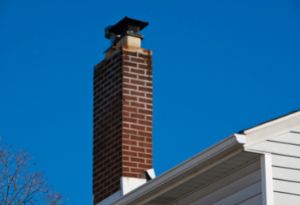 Are You Interested in Sealing Your Chimney Flue?
Are You Interested in Sealing Your Chimney Flue?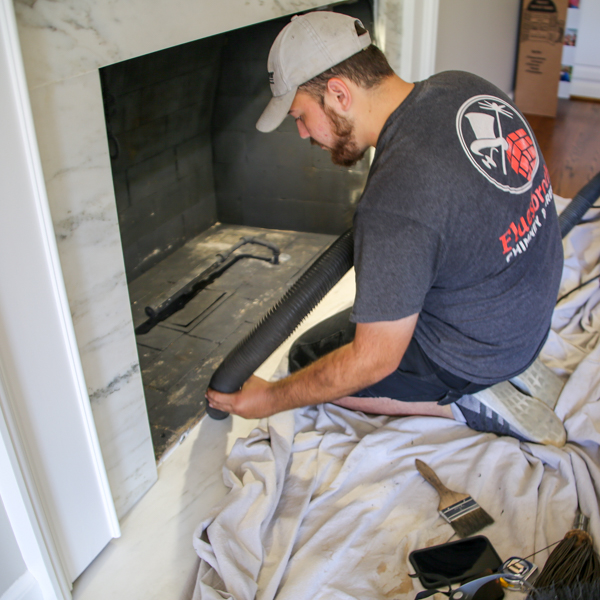 Wood-Burning Fireplace
Wood-Burning Fireplace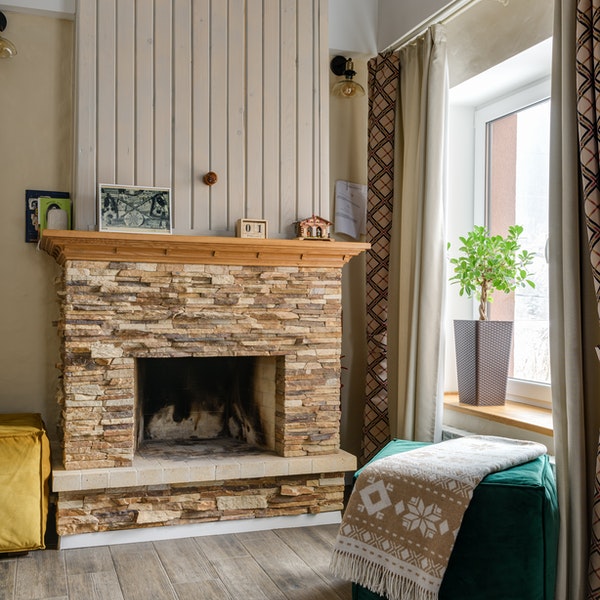 Chimney Sweeps
Chimney Sweeps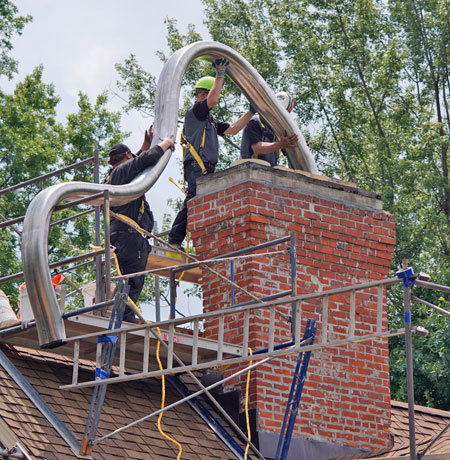 Chimney liner
Chimney liner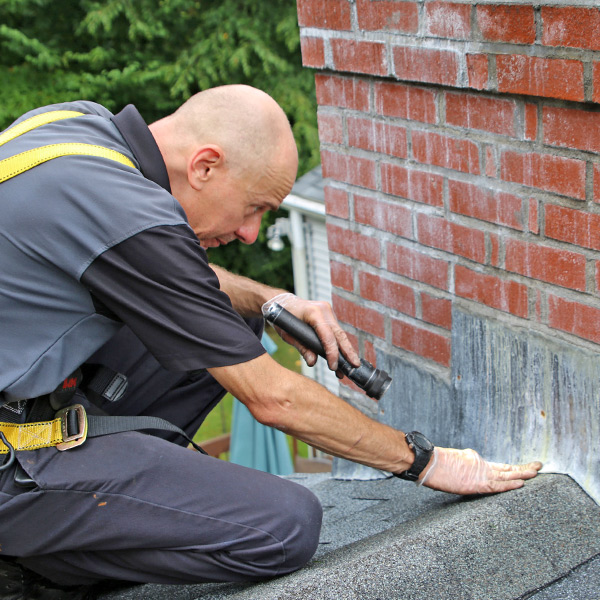

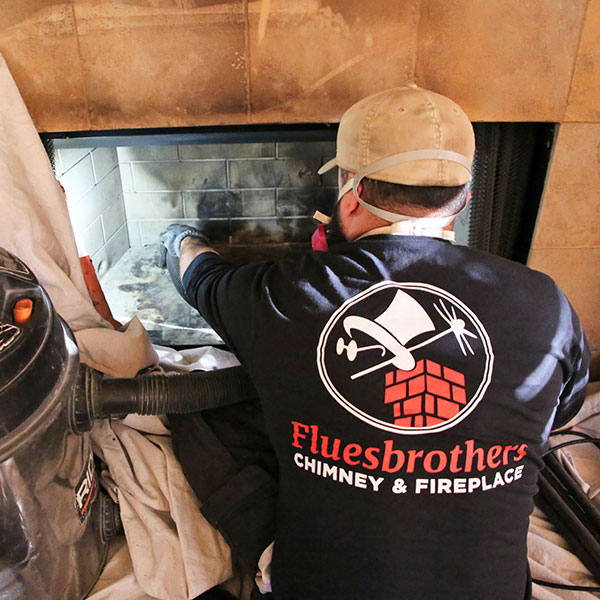 Step 1: Clean it
Step 1: Clean it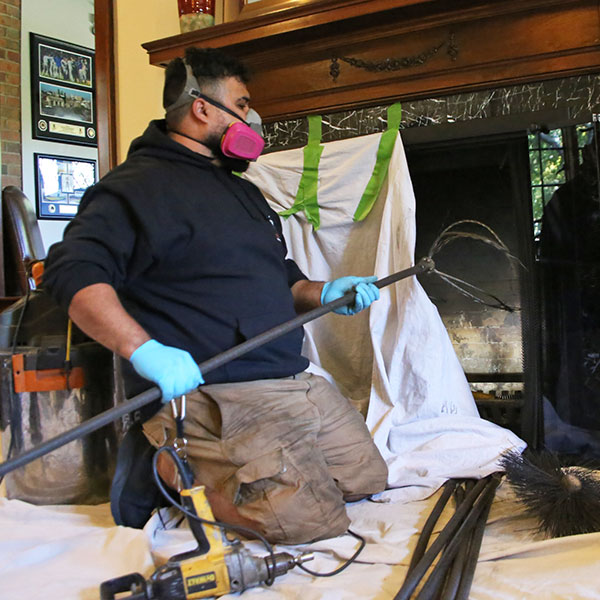 Help for your fireplace and chimney all year long
Help for your fireplace and chimney all year long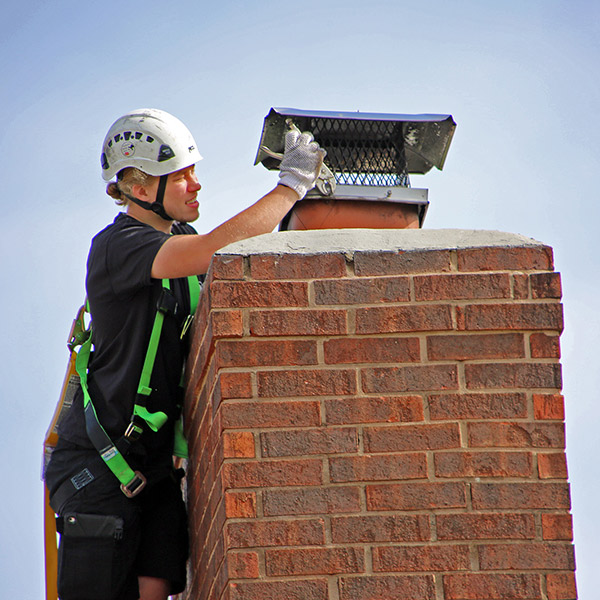 Deal With Winter Damage Early
Deal With Winter Damage Early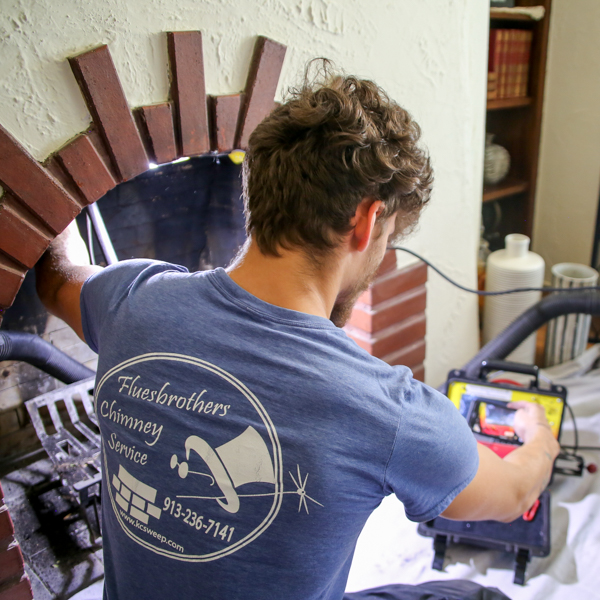 Best Chimney Service in Kansas
Best Chimney Service in Kansas